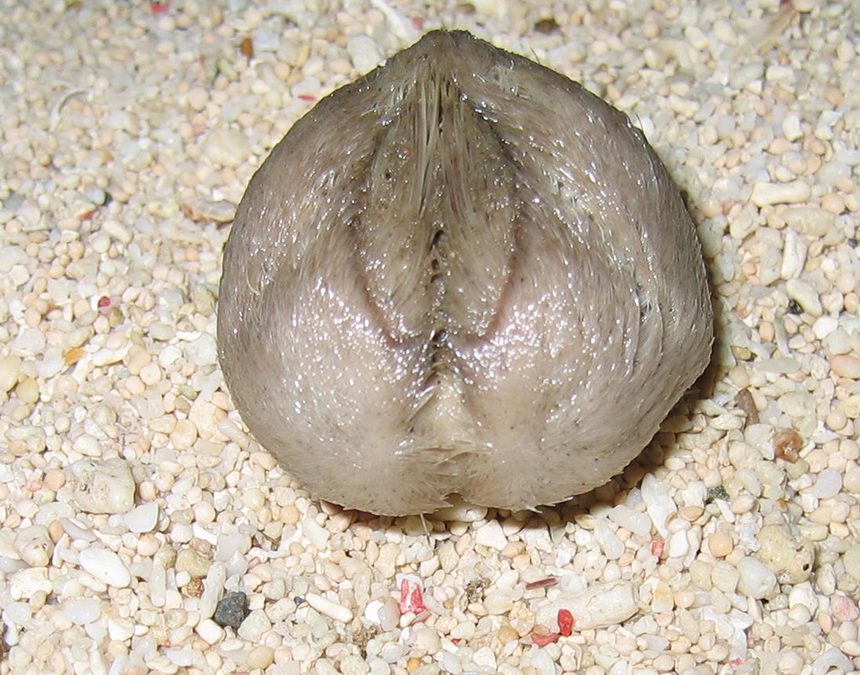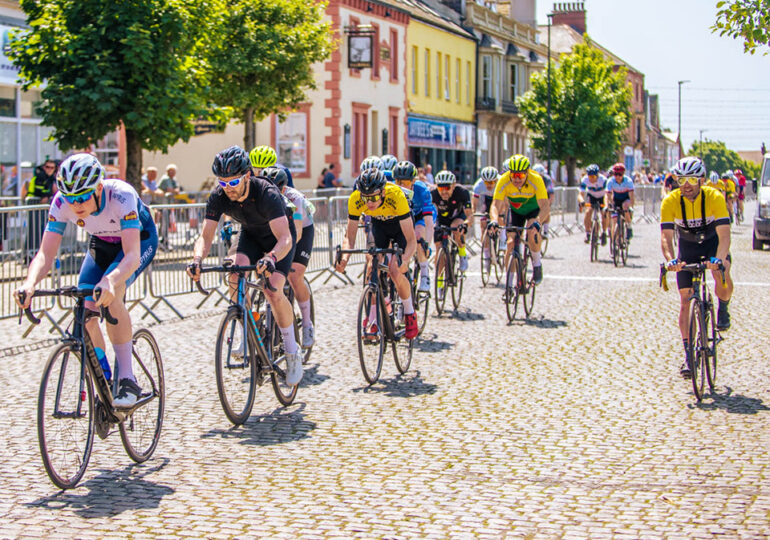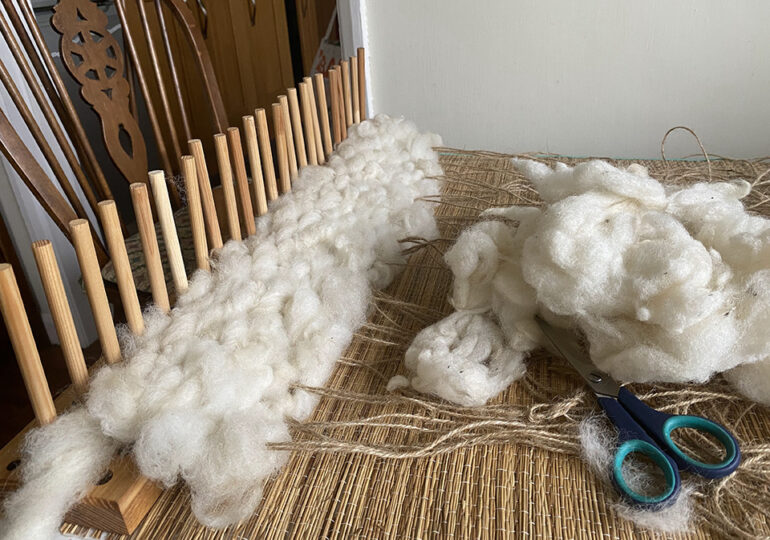64. The Sea Potato (Echinocardium cordatum) Wildlife of The Solway

64. Wildlife of The Solway Firth. The Sea Potato. Echinocardium cordatum.
After a stormy period when the shallow sandy seabed of The Solway Firth has been agitated and re-arranged by waves and currents you may discover one or more strange looking pale potato size objects on the tideline.
On further investigation, if they are found to be quite fragile and hollow then you are almost certainly looking at the shell, or test, of a small sea urchin that has spent its life and died under the sand surface and has only now been revealed by the storm.
This is the Sea Potato, which is found in sandy areas all around the British Isles and in temperate seas worldwide.
In life, the urchin is covered in spines that trap air and prevent asphyxiation, and on some shells cast up, they may still be visible, as in the picture. They bury themselves 10-15 cm down in the sand but make a small burrow to the surface lined by mucus to prevent its collapse.
This channel is used not only for respiration but also for transfer of it’s chosen food, this being organic debris which collects in the slight depression created above it’s home. In Sea potatoes the sexes are separate, reproduction takes place when the simultaneous release of gametes results in free-swimming larvae dispersing widely on the currents in early Spring. On settling down into the sand they may survive for up to ten years.
This article is provided by Mark Vollers from The Lake District Aquarium















